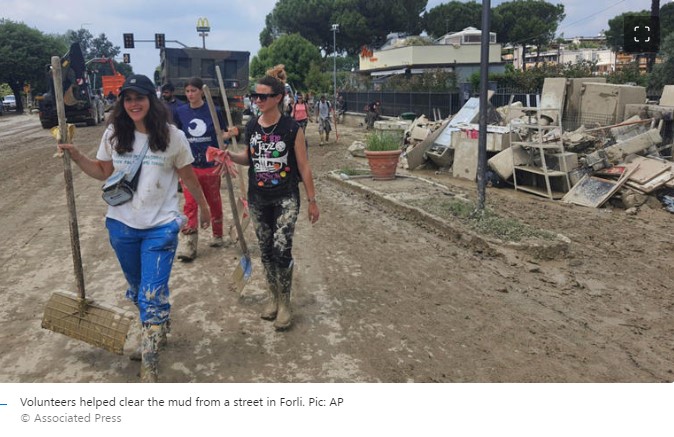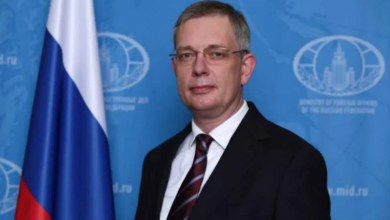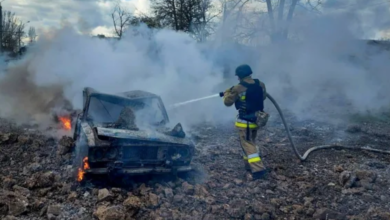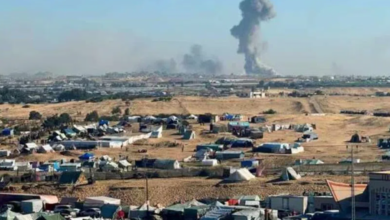Italian PM visits flood stricken areas after 36,000 evacuated

Giorgia Meloni toured towns in the Emilia-Romagna region, where the fierce floods have taken 14 lives and unleashed damage estimated to be billions of euros, after stopping off on her way back from the summit in Asia.
Around 36,000 people were evacuated amid floods that sent rivers of mud pouring through towns in an extreme event made worse by climate change, scientists have said.
She said meeting those who had been affected by the deluge had been a moving experience.
“It has been a tragedy but we can always recover strongly from crises,” Meloni told reporters in the city of Ravenna, one of the areas badly affected.

The Po river floods its banks in Turin, Italy, Sunday, May 21, 2023© Associated Press
The prime minister pledged to support the recovery, saying the damage had been huge but it was hard to put a figure on the financial impact.
The Italian government will hold a cabinet meeting on Tuesday to decide on measures to respond to the emergency.
“We will find the resources needed,” she added, saying the country might need to call upon the European Union’s Solidarity Fund for natural disasters.
Meloni left the summit in Hiroshima a day earlier than scheduled, saying her conscience would not allow her to stay
away longer.
By the time she arrived on Sunday the rain had stopped and rescue teams and volunteers had swept in, trying to pump water out of buildings and clear away mud on the streets before it was baked on by the sun.
Around 10,000 people still had not been able to return home.
Agriculture has suffered in an area which grows fruit such as peaches, kiwis and apricots, as well as corn and grain.
The ground in Emilia-Romagna had been parched by drought before the rain fell, making it virtually impermeable, so the rain ran off and rivers overflowed overnight.
As human activity like driving cars and flying changes the climate, more rain is falling, but concentrated into fewer days in less useful and more dangerous downpours.
Antonello Pasini, a climate scientist at Italy’s National Research Council, said a trend had been establishing itself.







